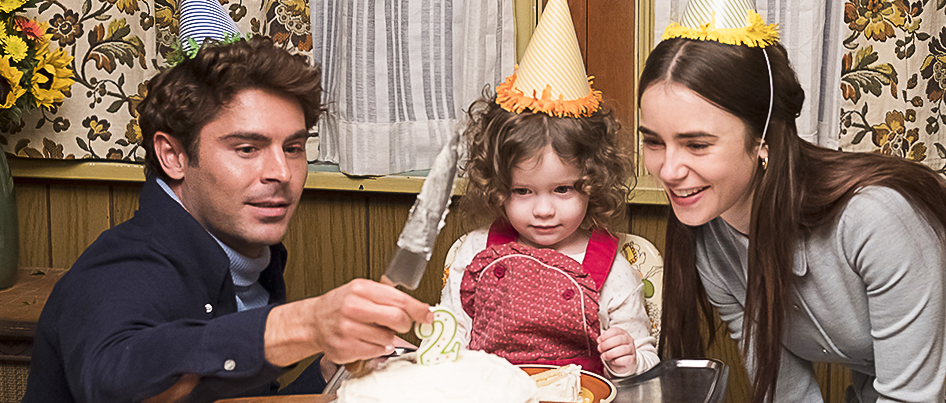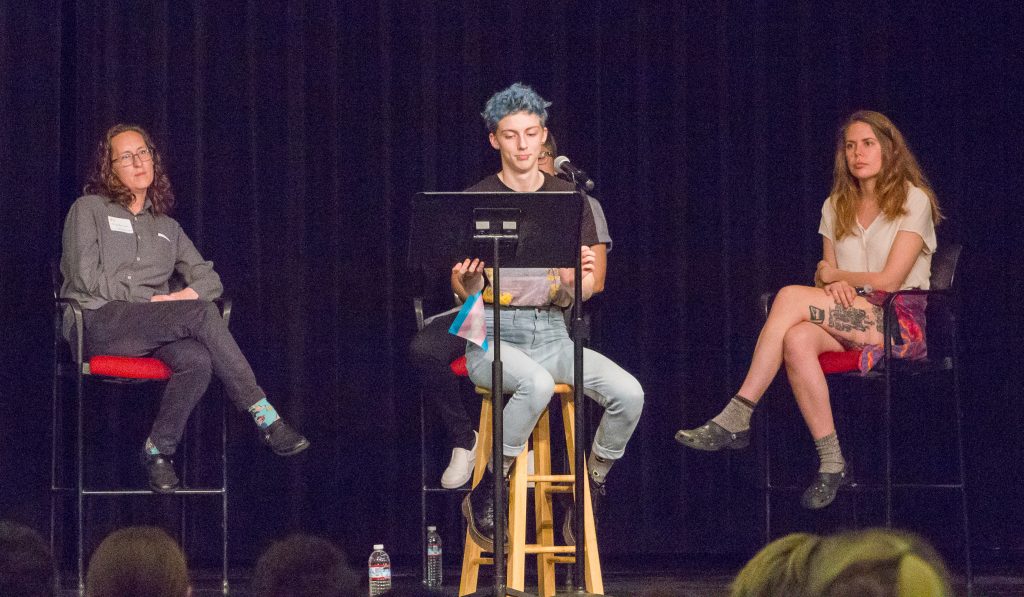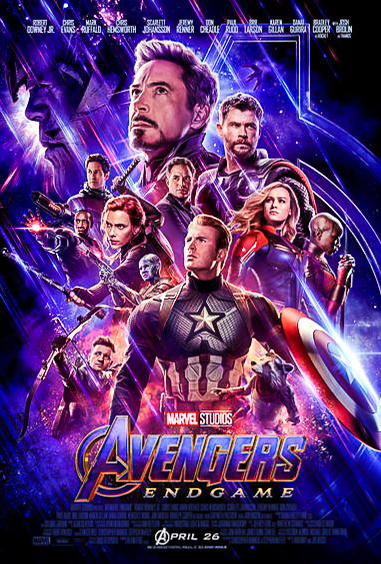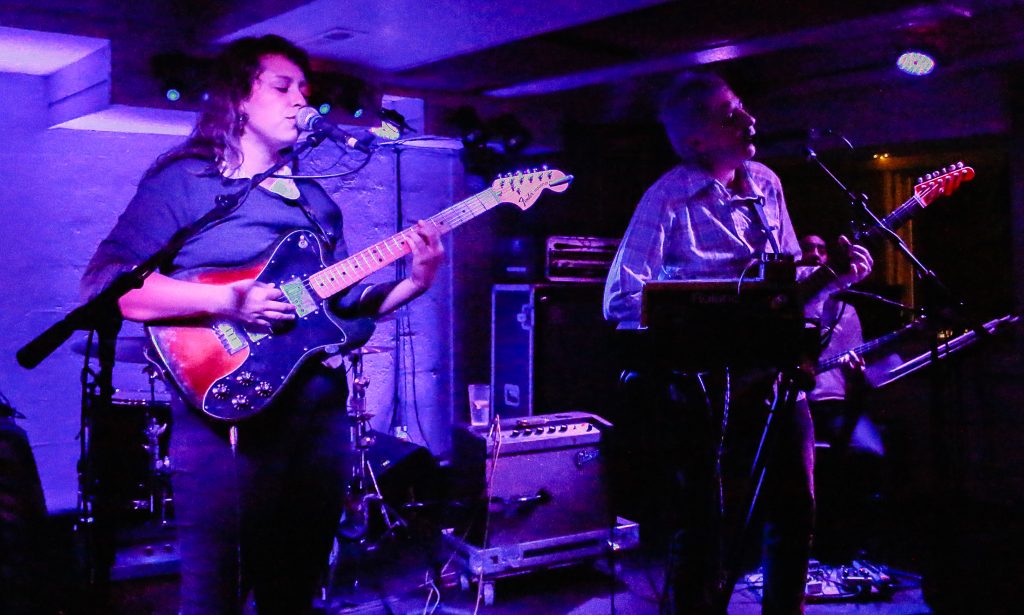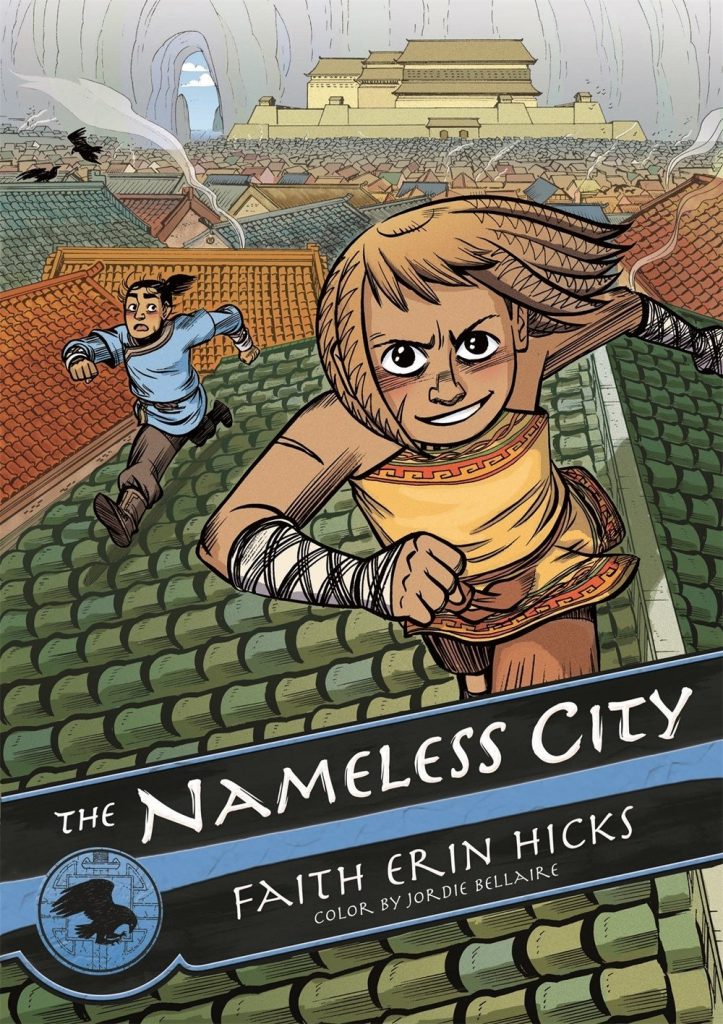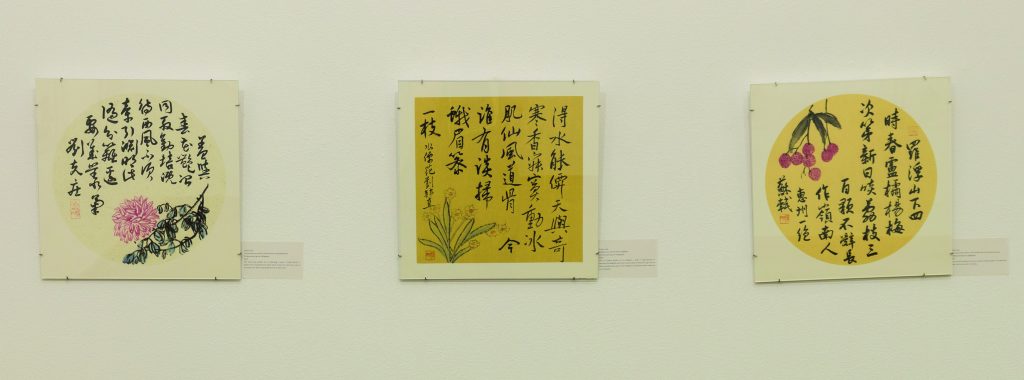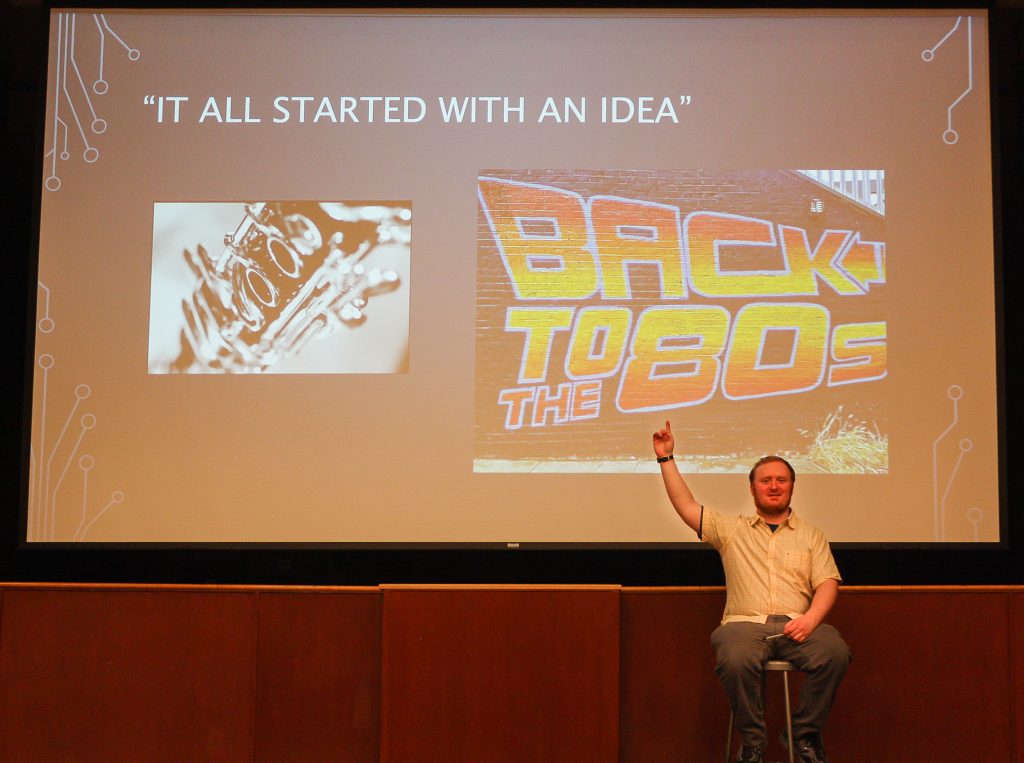
Cora McClain | Copy Editor
May 10, in Smith Music Hall, senior music major Daniel Sampson gave a presentation on the journey of his album “Kaleidoscope ‘85.” He began work on the album in the summer of 2018, after being thoroughly inspired by the music of the 1980s, specifically that of George Benson’s “20/20” album that he heard growing up. After explaining why he decided on an ‘80s inspired album with a focus on his major instrument, the clarinet, Sampson dove into how he created it.
Taking the audience right into his production software, FL Studio, Sampson played a track that did not end up on his album. “Timeless Lover” played out over the theater, but had a few crackling issues. Sampson kept in good spirits despite these hiccups and broke down the track by each of the samples he took.
Sampson even explained how he chose specific samples to use.
“When I heard the track, I was like, ‘I’ve got to use that,’” he said in reference to the sample DX7 Electric piano. He concluded stating that it can be found somewhere in every track on the album. He also highlighted using electric guitar samples, stating “it is the poor man’s way of not hiring a guitarist.” He highlighted another two tracks, “Warrior” and “Remember When,” to illustrate how he stacked these sounds.
Explaining the recording of his clarinet tracks, Sampson said that he did so in “WOU’s very own recording studio.” Sampson continued by stating the gear that he used to do such recording. Later he explained how he used different preamps to change the sound of the clarinet, often using vocal synth to add depth and sparkle to the sounds. He even explains using a guitar preamp to create the sound of an electric guitar.
Then Sampson transitioned into the production side of the album, covering copyright and his difficulties with that, as well as having to change his mastering engineer, who finishes out the sound of the album. “It didn’t sound like an album” he said. But he soon found another mastering engineer who fulfilled on his vision.
He finished off the presentation with a little Q&A, answering more technical questions such as one on where he wants to see his music go.
“Out into the world? … Move down to LA?” he joked.
When asked about what advice he would give to others putting together a capstone presentation, Sampson answered, “You should get started on it as early as possible. Also, make use of your strengths when preparing the presentation.”
“Kaleidoscope ‘85” will be released on iTunes, Apple Music, Spotify, and Amazon on July 2, which is Sampson’s birthday. He will also be releasing physical copies, but still has to work out the kinks with things such as shipping.
Contact the author at howlcopyeditor@wou.edu
Photo by Cora McClain


